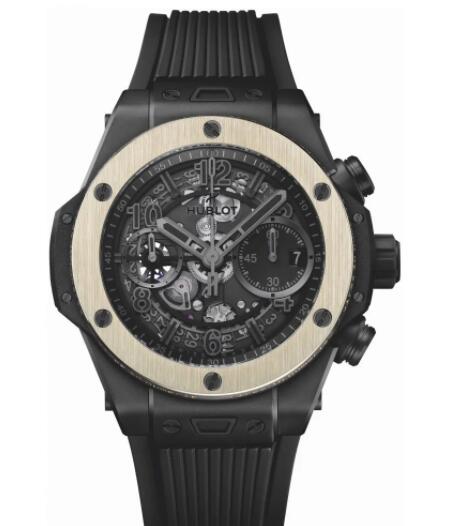
|
|
Therefore , whatever happened to the TAG Heuer Autavia Isograph Calibre 5? It was easily LABEL Heuer‘s biggest launch in 2019, one destined to fill a spot in the brand’s offerings as a perfectly affordable, three-hand sports watch built atop the legendary Autavia heritage. But the new Autavia was a lot more a handsome three-dimensional face set inside a well-proportioned case — inside, the watch was powered by a revolutionary new hairspring technology that debuted only eight weeks prior. It had been, not surprisingly, one of the most talked-about watches at Baselworld last year, but after a splashy launch, the watches themselves never seemed to fully materialize at retailers. Then, back in Jan of this year, TAG Heuer gran carrera issued a press release saying the Autavia Chronometer, powered by what seemed to be a standard chronometer-certified Calibre 5 movement — the same as the thing that is inside most of TAG Heuer’s modern three-handed watches. Not long ago i checked in the MARKING Heuer team to get more insight into the story behind the actual movement change, while spending a few weeks with the new Cal. 5 Autavia on the arm to get a better idea of how it wears (spoiler alert: exactly the same as it wore last year). |

 RCTM Forum
RCTM Forum Thema drucken
Thema drucken 22.03.2022 09:51 (zuletzt bearbeitet: 22.03.2022 09:51)
22.03.2022 09:51 (zuletzt bearbeitet: 22.03.2022 09:51)



 Antworten
Antworten